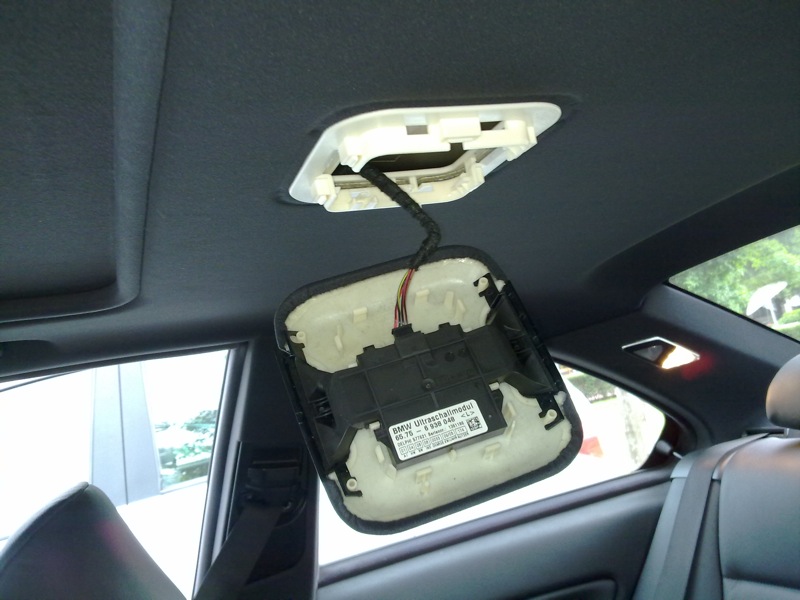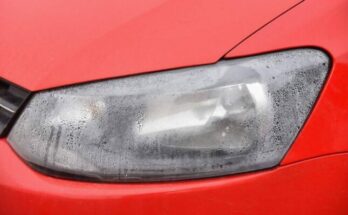Automobiles have evolved from horse cart like 4-wheelers to modern day cars loaded with various functions and safety equipment. Its a non stop process of continuous development. And while cars have improved they way they look, perform in terms of comfort and fuel efficiency, car safety is another key area where automakers have made tremendous achievements, as they continue to develop new safety technologies and features which are designed to help drivers make it to their destinations safely.
New car safety technology has already saved thousands of lives, and future technology is even more promising. According to NHTSA (National Highway Traffic Safety Administration) new vehicles on the road have a 56% lower fatality risk for occupants than a comparably sized car from the 1950s. Furthermore, NHTSA says vehicle safety advancements have saved an estimated 600,000 lives over the years.

From installation of hydraulic brakes to adding seatbelts, from anti-lock brakes to airbags, from vehicle stability systems to blind spot monitoring, and pedestrian detection to inclusion of autonomous emergency braking, modern cars have evolved into much safer means of mobility for both occupants and those on the road, and with technological boundaries being expanded, future cars are going to have an even greater set of safety features.
Related: 3-second Rule- The Safe Following Distance
Manufacturers are taking huge advantage of the increasing amount of computing power available today. Some of the upcoming safety features which are going to be part of automobiles sold in developed markets include:
Active Driver Monitoring (ADM)
Active driver monitoring works by alerting the driver in case if attention lapse is detected. This system is already available in luxury & semi-autonomous vehicles, drivers get a chime or beep and visible reminder to keep their hands on the wheel and to pay attention.
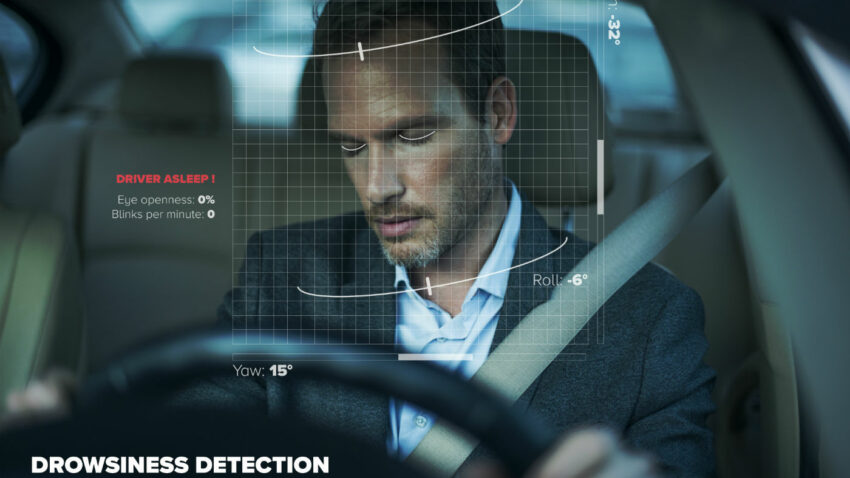
Automakers are planning to start installing active driver monitoring systems in standard models. The system will also track eye movements and head position with cameras equipped inside the cabin. When it senses the driver is falling asleep or suddenly becoming unconscious (in case of medical emergency), the system will activate the horn and will flash the hazard lights to warn other vehicles around. At the same time, the system will switch to autonomous driving to gradually slow down the car and bring it to a complete halt, reducing the likelihood of a crash. Mazda is also working on this technology and says by 2025, all of its cars will come equipped with ADM.
Augmented Reality Displays (ARD)
Augmented reality displays are designed to provide the driver with all the information they need, from navigation to the song playing on the radio, in the immediate field of view. This tech is similar to (but much more much advanced than) heads-up displays (HUDs), which project information like vehicle speed and time on the front window just above the dash.
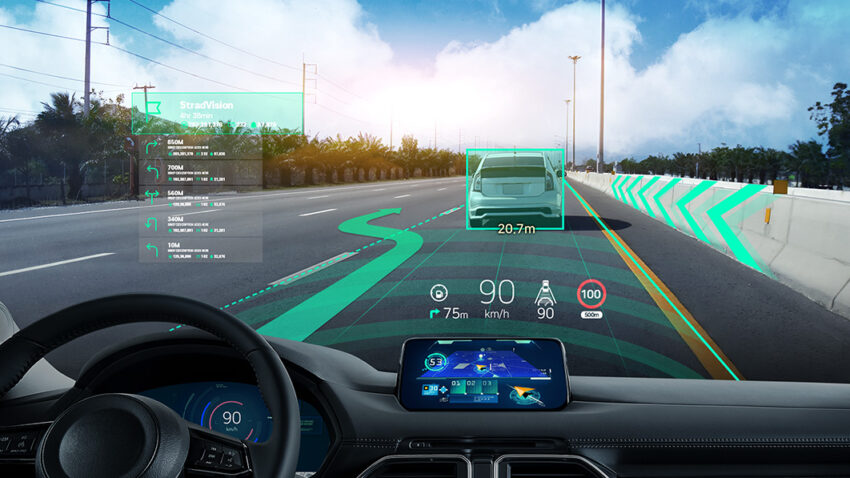
The augmented reality displays in testing today can track the driver’s eyes to make sure vital information is always displayed in their line of sight, so they don’t have to take eyes off the road. Developers have even found that drivers are quicker to react to augmented reality displays than chimes and beeps, which don’t actually convey information.
Adaptive Driving Beam Headlights (ADB)
Drivers blinded by oncoming headlights during night time driving is a common scenario. Adaptive headlights are designed to alleviate this issue by automatically shifting your headlight beam away from oncoming drivers. ADB headlights use shutters that momentarily shield light when an approaching vehicle is detected. Some LED-based ADB headlights will actually turn off a portion of the lights to mitigate the glare posed to other drivers. Europe has already adopted this technology. Study also shows that European cars equipped with ADB headlights illuminate the road 86% better than vehicles with standard low-beam lights.
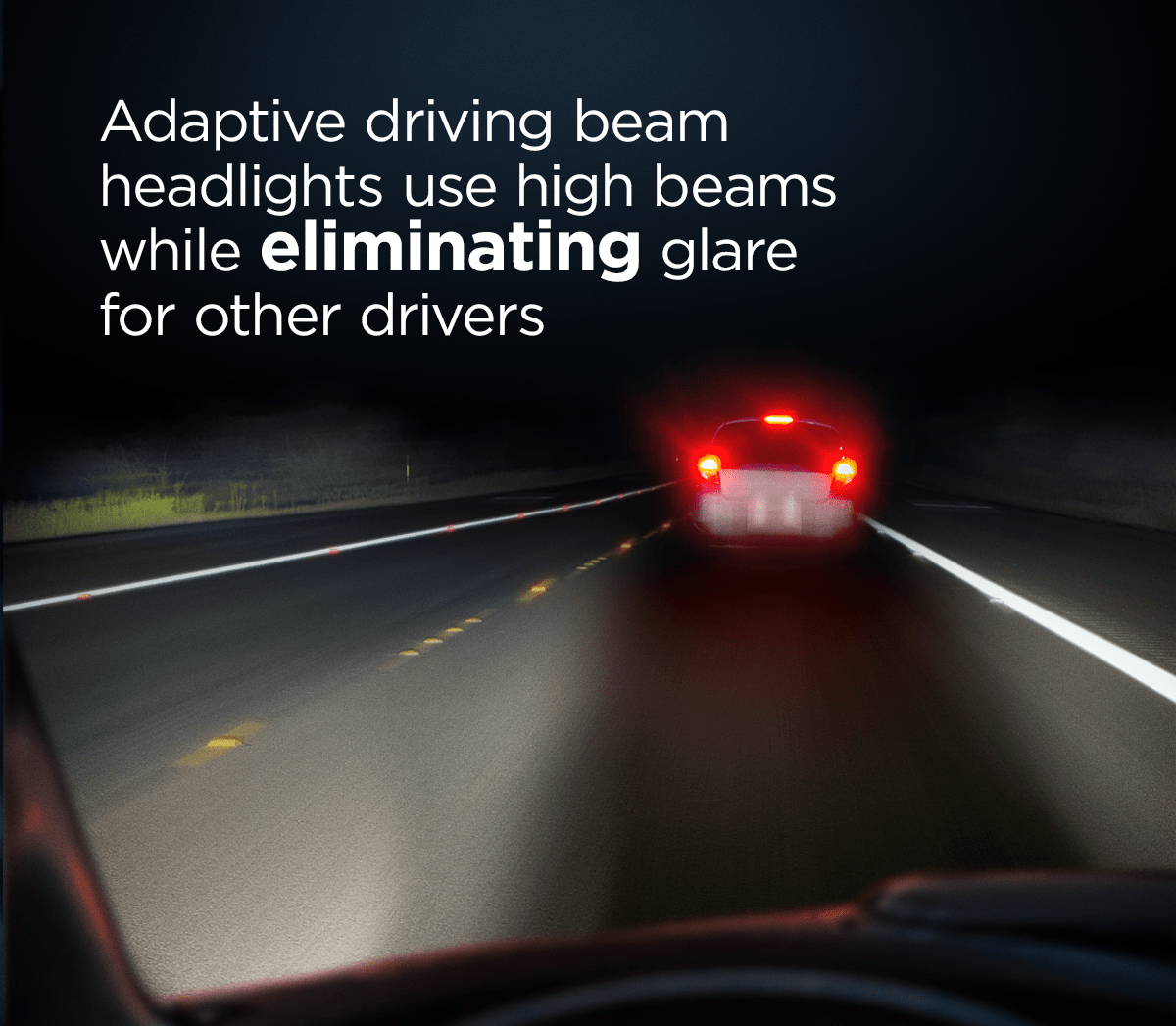
Interior Motion Detection (IMD)
Leaving a child or a pet in a hot (parked) car can result in tragedy. This is a common scenario in west where hundreds of cases are reported each year when children or pets die from heatstroke after being left unattended in a hot car.
Ultrasonic motion sensors in BMW
Manufacturers are trying to eliminate this possibility with interior motion sensors that detect if someone has been left inside a car. The car is then programmed to sound an alarm and can even send a notification to the car owner’s phone. BMW, Hyundai and Kia already have a form of this feature in some of their high-end models, but experts support legislation that would make it standard in all new model cars.

In addition, Toyota alongside other automakers is reportedly developing a cloaking device which will be used on the A-pillars to offer a transparent view to see what’s around them. Honda has been working on the center airbag technology which will prevent driver & front passenger to collide against each other in case of side impact collision. Hyundai is working on multi-collision airbag system which will be helpful in multi-collision accident situations, where the primary impact is followed by a secondary one with a surrounding object– usually a tree, pole or street sign. Nissan is developing B2V (Brain to Vehicle) technology that will enable vehicles to interpret signals from the driver’s brain, redefining how people interact with their cars.
Related: The Evolution of Car Safety
It has been proven that modern vehicles manufactured today are safer than at any point than those produced in the past. This cycle will continue as technology progresses and is implemented in new cars in future.

A computer animation professional with over 23 years of industry experience having served in leading organizations, TV channels & production facilities in Pakistan. An avid car enthusiast and petrolhead with an affection to deliver quality content to help shape opinions. Formerly written for PakWheels as well as major publications including Dawn. Founder of CarSpiritPK.com


